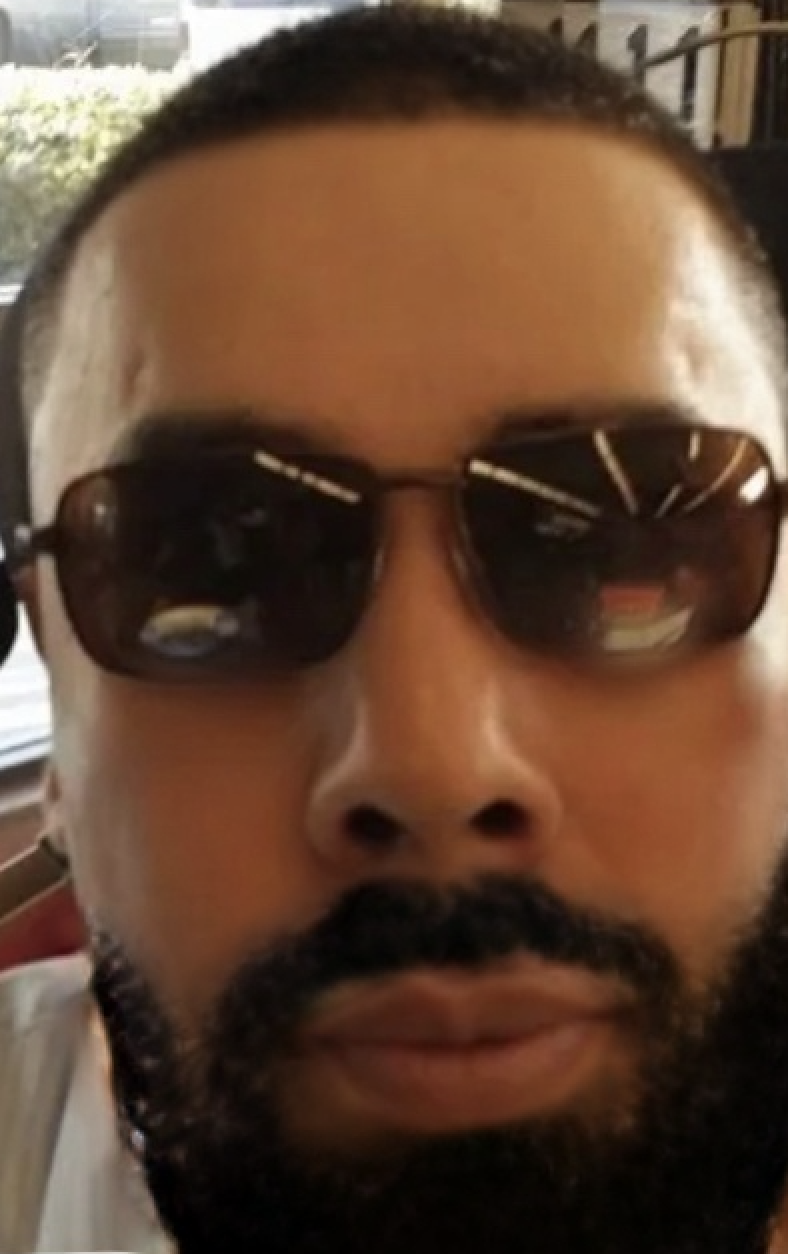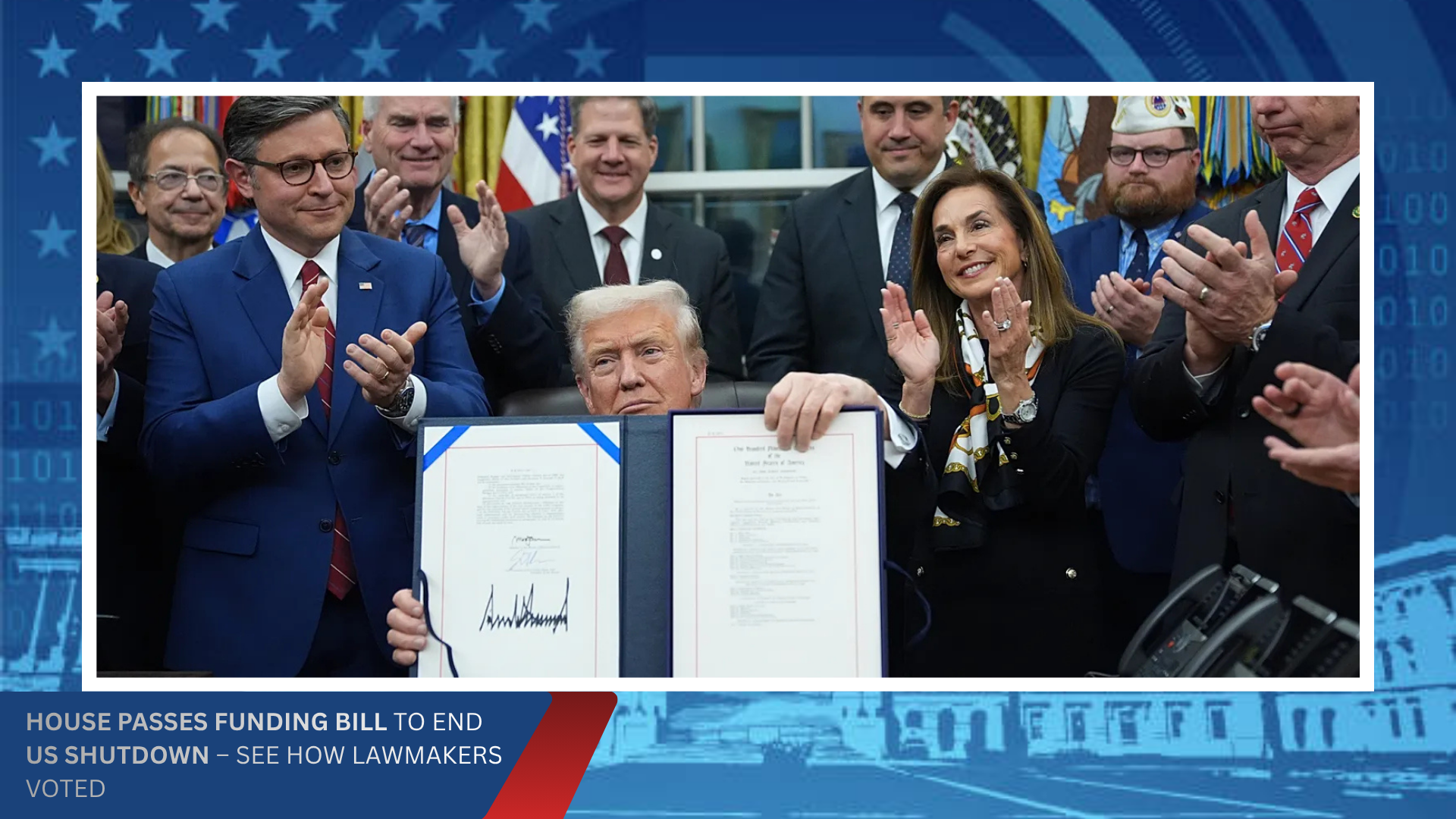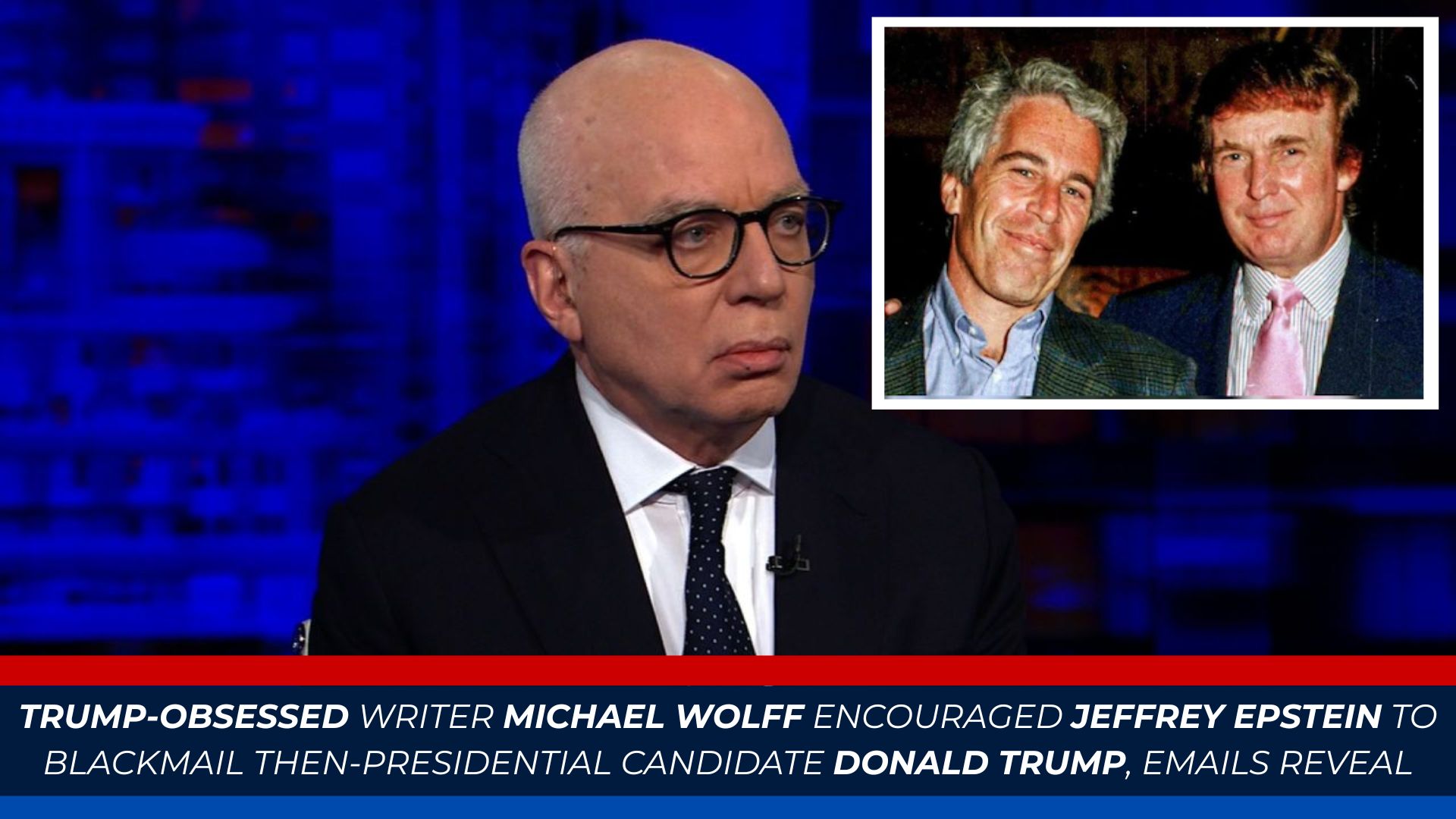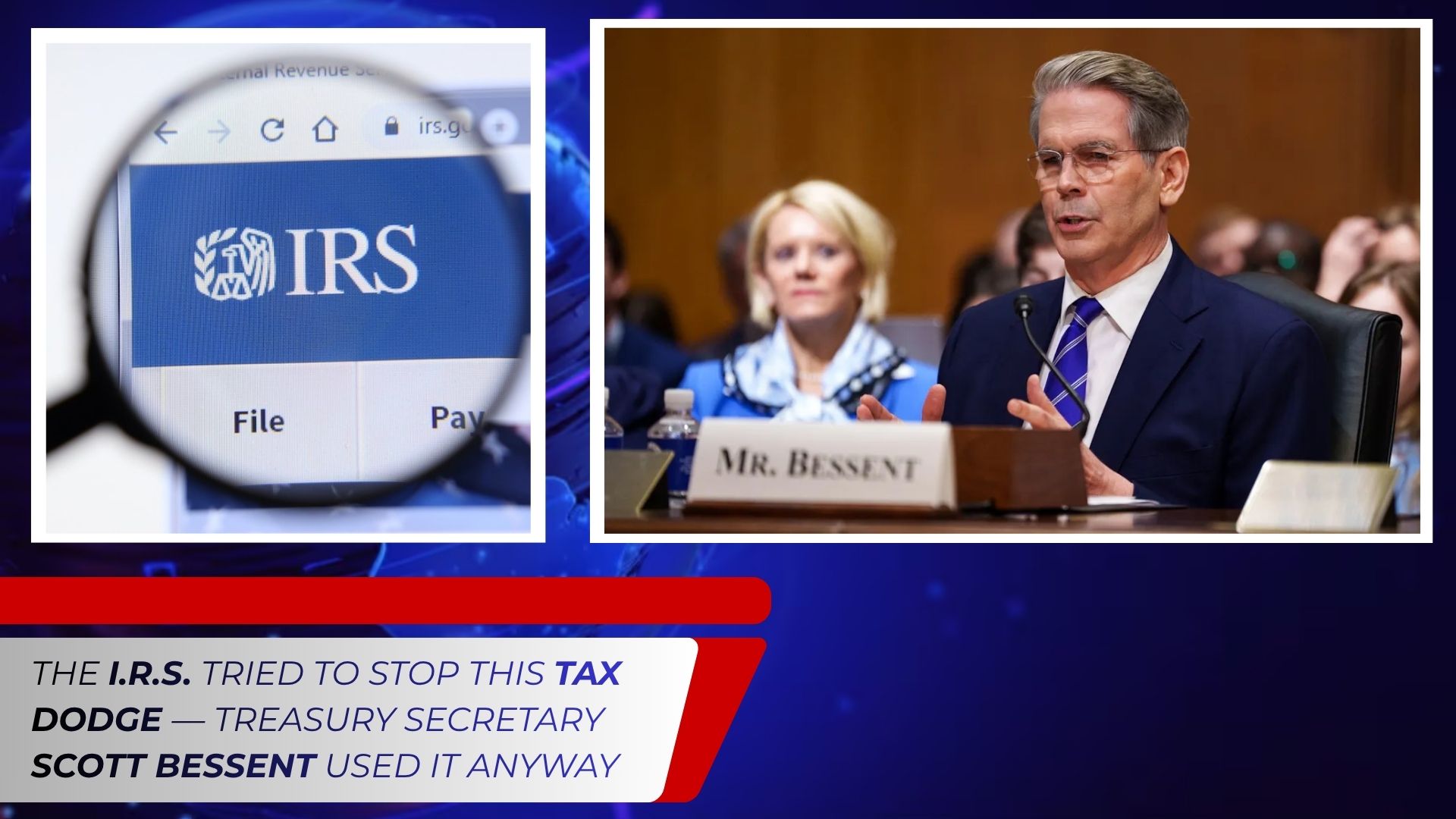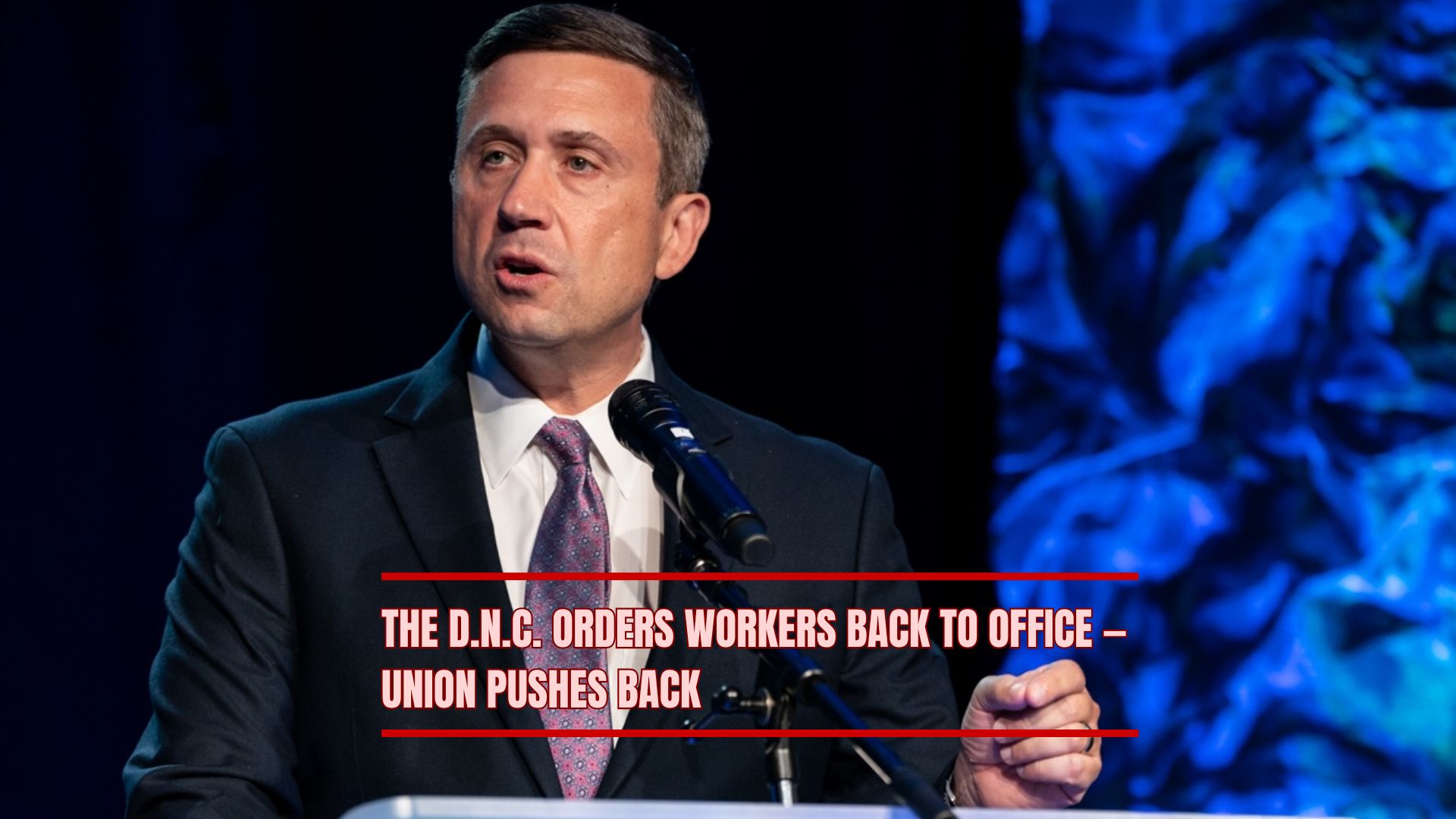Federal immigration raids continue to ripple through Chicago, reaching every corner of the city and surrounding suburbs. Despite the ongoing Supreme Court deliberation over President Donald Trump’s controversial plan to deploy National Guard troops to assist federal agents, large-scale enforcement actions under “Operation Midway Blitz” show no sign of slowing down.
Launched on September 8, the blitz was described by the Department of Homeland Security (DHS) as an effort to capture “the worst of the worst” — but critics argue that the operation has inflicted chaos and fear across immigrant communities, sweeping up U.S. citizens and lawful residents in the process.
As of mid-October, DHS claims to have made over 1,500 arrests, though these numbers remain unverified by independent sources. What is clear, however, is that the raids have brought confrontation, confusion, and controversy to neighborhoods from Little Village to South Shore and beyond.
Little Village: “A Reign of Terror”
On October 22, federal immigration officers descended upon Little Village, the heart of Chicago’s Mexican-American community. Videos and photos from the scene depict masked Customs and Border Protection (CBP) agents chasing people through streets, while local business owners scrambled to lock their doors.
Alderman Mike Rodriguez, who represents the neighborhood, condemned the raids. “A reign of terror was brought upon our neighborhood,” he told USA TODAY. “They took at least eight people, and of those, four were U.S. citizens — including two members of my staff.”
Leading the operation was Chief Gregory Bovino, a CBP commander who has become the public face of Trump’s immigration enforcement push. Bovino previously oversaw similar crackdowns in Los Angeles and has faced accusations of directing overly aggressive tactics.
South Shore: Helicopters, Armed Agents, and Dozens Arrested
Two days earlier, residents in the South Shore neighborhood witnessed one of the most dramatic scenes of the blitz. Black Hawk helicopters hovered overhead as 300 federal officers stormed a multi-story apartment complex. Agents, many masked, broke down doors and detained residents, including several U.S. citizens and children.
Homeland Security officials said the building harbored “criminal elements,” but offered little evidence. Of the 37 people arrested, few details have been released publicly. Videos later showed agents leading shirtless men outside at gunpoint, while the building itself was left in shambles.
Officials claim the raid resulted in the capture of “two confirmed members of the Venezuelan gang Tren de Aragua,” though community advocates argue such justifications don’t excuse what they describe as “militarized terror” in a residential neighborhood.
Broadview ICE Facility: The Heart of Protest and Confrontation
In the nearby suburb of Broadview, home to one of the region’s main immigration processing centers, tensions have been steadily escalating. The facility has become the epicenter of protests against the blitz — and a flashpoint for violent clashes between demonstrators and federal agents.
Protesters have been met with tear gas, pepper spray, and chemical agents. During a September 26 confrontation, DHS reportedly spent $100,000 worth of “non-lethal” weapons to disperse crowds that included journalists, clergy, and local activists.
Federal Judge Sara L. Ellis ruled that agents’ use of chemical weapons was “likely excessive” and ordered DHS to limit their deployment of such munitions. The judge also required federal agents to wear identification badges and body cameras, citing multiple violations of transparency and accountability.
Despite this ruling, reports continue to surface of agents using tear gas and chemical sprays against protesters without warning — in direct defiance of court orders.
Deadly Encounters and Civil Rights Concerns
Not all incidents have ended without bloodshed. On September 12, immigration agents fatally shot Silverio Villegas-Gonzalez in Franklin Park, claiming he dragged an officer with his vehicle while resisting arrest. While DHS described him as a “criminal illegal alien,” footage from the scene shows the injured agent saying his injuries were “nothing major.”
A state commission led by former federal judge Ruben Castillo is now investigating the killing. “There are serious questions about that shooting and that killing,” Castillo said.
On October 4, another confrontation turned violent in Brighton Park, where a Border Patrol agent shot Marimar Martinez, who federal prosecutors claim rammed a vehicle into an agent’s car. Martinez’s attorney disputes that account, arguing, “It’s a car accident where one of the drivers gets out and shoots the other driver.”
Public Figures and Journalists Targeted
Several high-profile figures have also found themselves in the crosshairs of federal agents.
On October 10, Debbie Brockman, a WGN-TV news producer, was tackled and handcuffed by masked Border Patrol agents in Lincoln Square. Although accused of throwing an object, Brockman has not been charged. Witnesses filmed the arrest as agents forced her into an unmarked van, sparking outrage among journalists and press freedom advocates.
A week later, Illinois State Representative Hoan Huynh said ICE agents pulled a gun on him in Albany Park. Huynh, who was canvassing his district to inform constituents of their legal rights, said, “I never thought I would have a gun pulled on me by ICE agents — but that’s exactly what happened.”
Huynh, a Vietnamese refugee, added: “I know what it means to live in fear of the government, and I will not stand by while families here in Chicago face that same fear.”
Viral Video and Ongoing Community Fear
Perhaps the most widely viewed moment of Operation Midway Blitz came from a West Loop school pickup line, where federal agents forcibly pulled a woman from her car in front of stunned parents and children. The woman, who claimed she had been followed, was reportedly not at the school to pick up children — yet the dramatic scene has come to symbolize the chaos surrounding the raids.
Other neighborhoods, including East Side and Albany Park, have seen violent altercations between agents and residents, often involving the use of chemical weapons. Judge Ellis, overseeing the ongoing case, has repeatedly warned DHS that agents appear to be violating court orders requiring them to issue warnings before deploying such munitions.
A City on Edge
Across Chicago, immigrant communities live in fear of the next knock on the door or unmarked van on their block. Legal challenges continue to pile up — from wrongful arrest lawsuits to civil rights claims — as the White House maintains that “the rule of law will prevail.”
But as images of helicopters over neighborhoods, children in handcuffs, and tear gas clouds fill the air, many Chicagoans are asking: at what cost?
%20(4).png)



.png)
